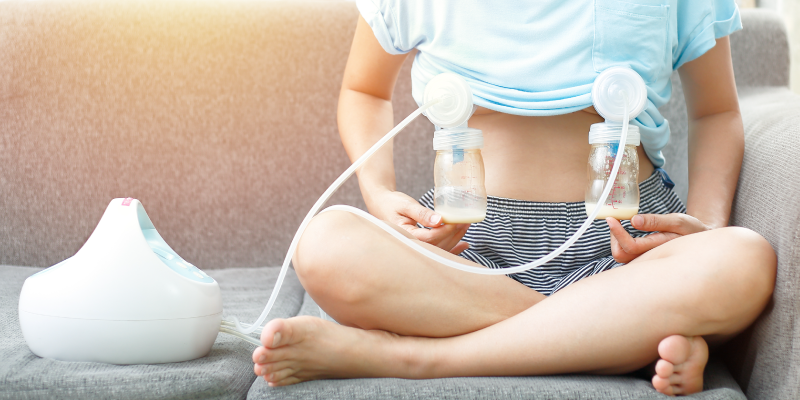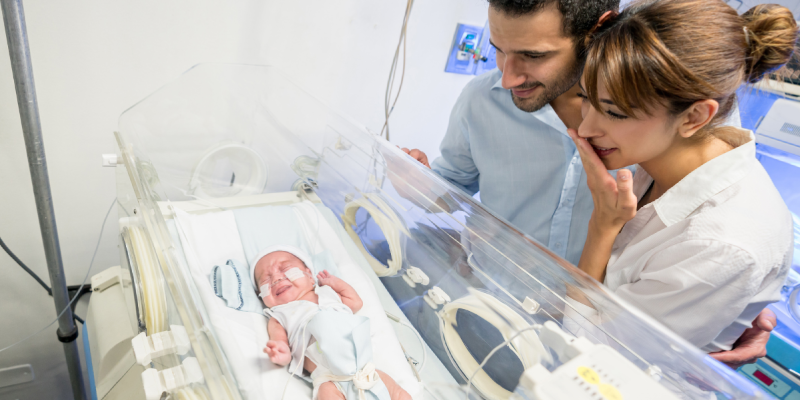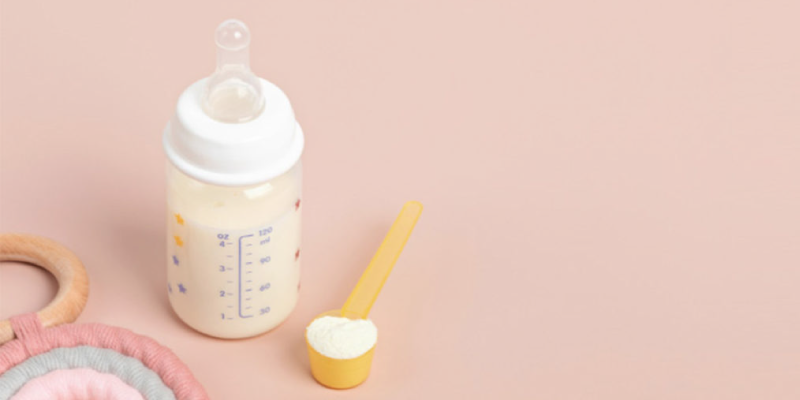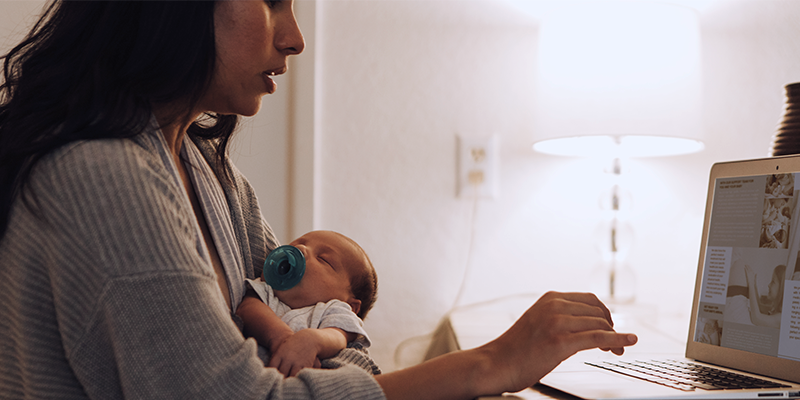Newborn Jaundice: What You Need to Know
It’s delivery day! Baby is arriving, your entire family is gathered to celebrate, but your little one comes out into the world looking a little … yellow. So what gives? The yellow tone that often occurs in newborns is caused from newborn jaundice–a condition that affects a great deal of babies born every day.
So what exactly is jaundice? It’s a condition found when a surplus of the compound bilirubin is produced — bilirubin is a yellow compound that helps to clear waste. It’s housed and handled in the liver, and can often cause complications in newborns. Being armed with knowledge around newborn jaundice can help you avoid panicking when and if the day arrives.
Types of Jaundice
It’s important to first determine what is causing the newborn jaundice in your little one in order to best decide how to handle it. There are several different types of newborn jaundice, and each has its own cause and possible treatments.
- Jaundice of prematurity. The most self-explanatory, this type of jaundice occurs in babies born prematurely, as their livers can be underdeveloped and therefore not prepared to handle certain levels of bilirubin. This type of jaundice occurs in about 80 percent of babies born premature, and can be handled fairly quickly.
- Physiological jaundice. This jaundice will begin to show within 2-4 days of baby’s birth, and will typically fade within a few weeks. This type of jaundice is considered quite normal, and is caused simply by the fact that the liver is young and not fully equipped to handle the levels of bilirubin being thrown at it. Over 50 percent of newborns experience this type of jaundice.
- Jaundice of hemolysis (also known as incompatibility jaundice). This rare (but serious) type of jaundice occurs when mom’s blood group doesn’t match up with her little one’s. This causes the mother’s body to release antibodies which in turn causes baby’s bilirubin levels to surge. This can be noticed 24 hours after baby’s birth, and should be handled immediately.
- Breastfeeding jaundice. This occurs when little ones don’t receive enough breastmilk. It does not indicate bad breastmilk, just that they’re not receiving enough. This affects only 5-10 percent of infants, and is easily remedied by supplementing the difference.
- Breastmilk jaundice. This is an indication of abnormal or “bad” breastmilk. The biochemical abnormalities in mom’s breastmilk can prevent her little one’s liver from effectively breaking down the levels of bilirubin. It starts to show 4-7 weeks after birth, and only affects roughly 10 percent of newborns. It will resolve itself in about 12 weeks.
- Pathological jaundice. This type of jaundice is shown as prolonged jaundice in an infant, and can turn out to be a liver disease. Your healthcare provider will determine the exact cause and subsequent treatment plan.
Treating Jaundice
Your doctor will be able to diagnose your little one’s jaundice severity, cause and treatment plan, but it helps to know what’s coming. A few of the treatment options are:
- Phototherapy. This treatment course is the most common, and helps to treat the less severe symptoms and types of jaundice. In this case, baby will be placed in a crib underneath bulbs that emit a blue-green light. The light can actually change the makeup of the bilirubin, helping baby process it better. There are actually blankets that can emit this light as well, to help maximize the effects.
- Immunoglobulin injections. Talk about a mouthful. These injections are used in cases of incompatibility jaundice, and work to bring down the antibody levels in your little one. This then works toward less bilirubin production.
- Supportive care. This is typically recommended in instances of pathological jaundice. Because pathological jaundice is caused by an actual disease, baby’s immune system would need to fight the disease itself. Doctors recommend care like rest, nourishment and symptom help to assist baby in the fight.
- Blood transfusion. In severe cases where baby doesn’t respond to other treatment, a blood transfusion may be recommended. On this plan, the bilirubin-rich blood will be removed and replaced with the same amount of healthier blood. This can be repeated until symptoms and issues subside.
Remember, jaundice is a very common condition for newborns, and most symptoms and instances are resolved in no time. Arming yourself with some facts can help you feel a little more prepared for the discussion, but never hesitate to ask your healthcare provider any questions you may have.
Join the other 1,000,000+ expecting mamas who love Bump Boxes.


















